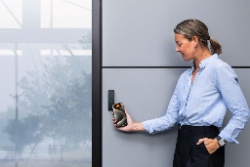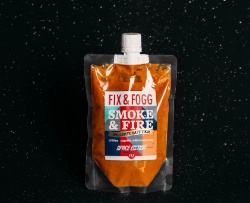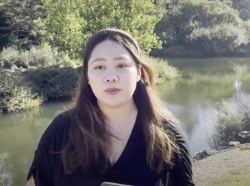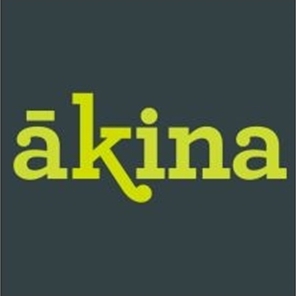Research Gets To Grips With Snoring
An unobtrusive monitoring mechanism could bring welcome relief for chronic snorers, giving them a better night's sleep when being assessed for sleep apnoea.
Christchurch-based Digital Sleep has just completed work on a smart sensor that does away with long wires and bulky probes, relying instead on a wireless monitor and a ring.
The research was helped with funding of $63,900 from Technology New Zealand, part of the Foundation for Research, Science and Technology, through its Technology for Business Growth (TBG) scheme. This enabled the small R&D company to join forces with the Canterbury District Health Board and work alongside a biomedical laboratory to develop the electronics and mechanical designs for the sensor.
"We approached the development of the sensor from the premise that snoring is a common problem, and a symptom of upper airway obstruction causing disturbed sleep. Some researchers estimate that around 20% of the middle aged population experience excessive daytime sleepiness, often caused by the sleep disturbance associated with chronic snoring," says Bryn Sparks, Digital Sleep's Technical Director.
"In turn, that daytime sleepiness contributes to workplace accidents and car crashes- it may be that sleepiness contributes to car crashes as much as speed or alcohol. Consequently, there is increasing interest both among medical practitioners and the public, to investigate snorers for obstructive sleep apnoea," says Mr Sparks.
"The present orthodox approach to correlate snoring with disturbed sleep involves intrusive laboratory work with multiple leads measuring brain activity, respiration, and blood oxygen. It's expensive and very specialised so we see waiting lists getting longer and longer as early as the diagnostic stage.
"Because of that, some clinics are starting to use pulse oximetry alone as their initial assessment of snorers. Pulse oximetry just measures one thing: the oxygen in the blood, but it is very useful for identifying snorers who also have significant obstructive sleep apnoea. It is very simple, and it can be performed in the home rather than in an expensive laboratory," he says.
"Our aim in the project was to develop a pulse oximetry sensor that was purpose-built to allow people to sleep for many hours; a ring, rather than a peg on the end of the finger, and a wireless transmitter to a bedside monitor rather than having a lead connecting the patient to the recorder.
"Ultimately it had to be something comfortable to sleep with, and easy to use.," says Mr Sparks
The resulting wire-free sensor is being tested in Christchurch, but Mr Sparks says all the development work has been done with the lucrative North American medical market in mind. He says that although the technology is sleep-inspired, it could be used in ambulances, or surgeries, or on wards, or indeed anywhere that more than a one-off critical measurement of blood oxygen is needed.
Digital Sleep's five-month research project is due to be completed in the next month.
-ends-


 Gallagher Security: Release Of New Command Centre Unlocks New Era Of Security Tech
Gallagher Security: Release Of New Command Centre Unlocks New Era Of Security Tech Fix & Fogg: NASA Hand-picks Kiwi Nut Butter Brand To Travel To Space In NZ First
Fix & Fogg: NASA Hand-picks Kiwi Nut Butter Brand To Travel To Space In NZ First Citizens of the Sea: Sailors To Revolutionise Our Understanding Of Pacific Biodiversity
Citizens of the Sea: Sailors To Revolutionise Our Understanding Of Pacific Biodiversity Netsafe: Making A Splash With Online Safety: Netsafe Launches New Flagship Programme For Kids
Netsafe: Making A Splash With Online Safety: Netsafe Launches New Flagship Programme For Kids NZGBC: Flood Resilience PhD Student Widi Auliagisni Named Future Thinker Of The Year 2024
NZGBC: Flood Resilience PhD Student Widi Auliagisni Named Future Thinker Of The Year 2024 Business Canterbury: European Free Trade Agreement A Game-changer For Canterbury
Business Canterbury: European Free Trade Agreement A Game-changer For Canterbury



